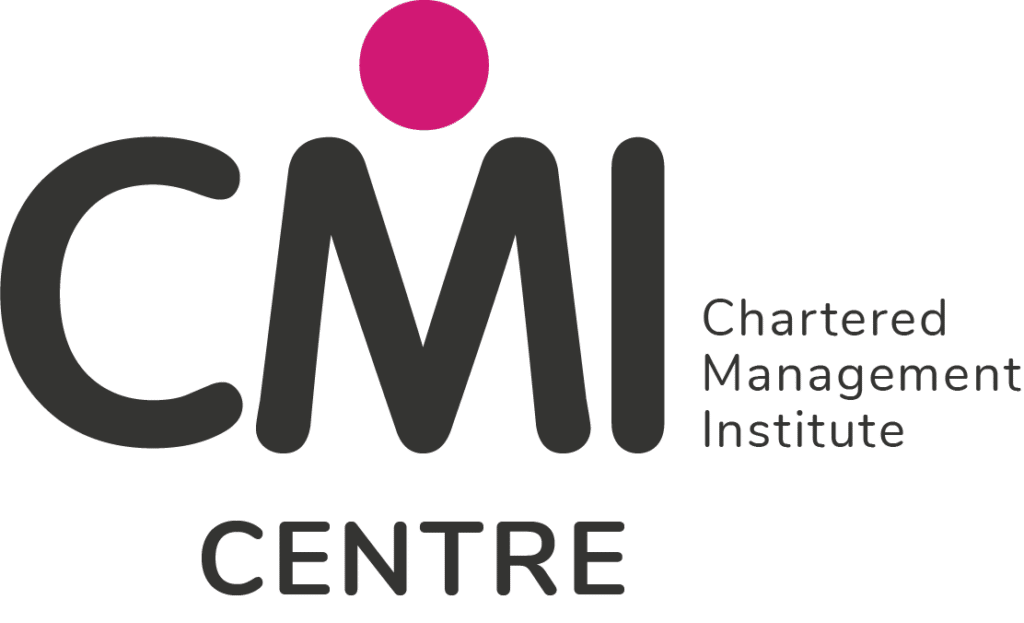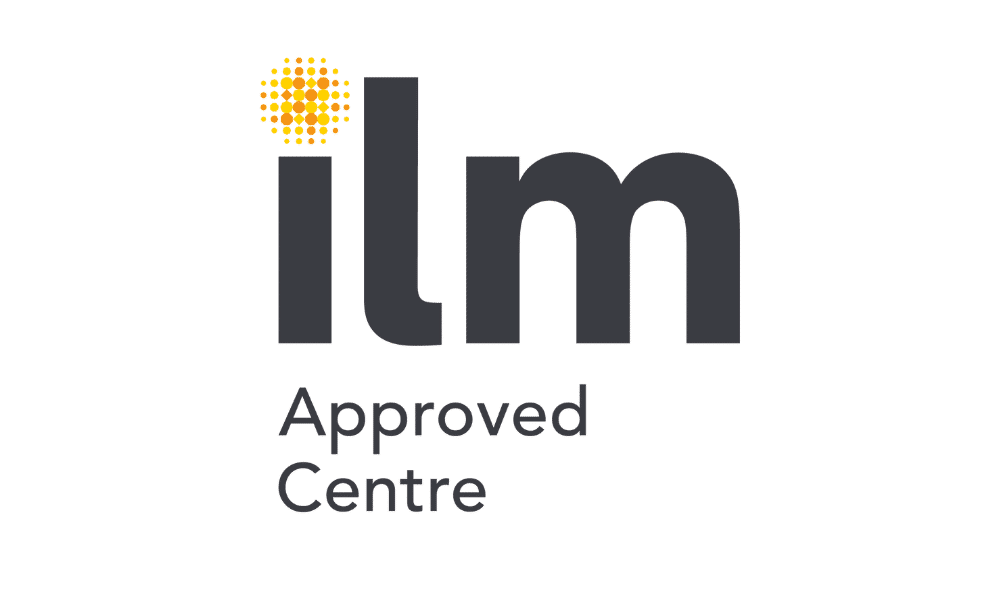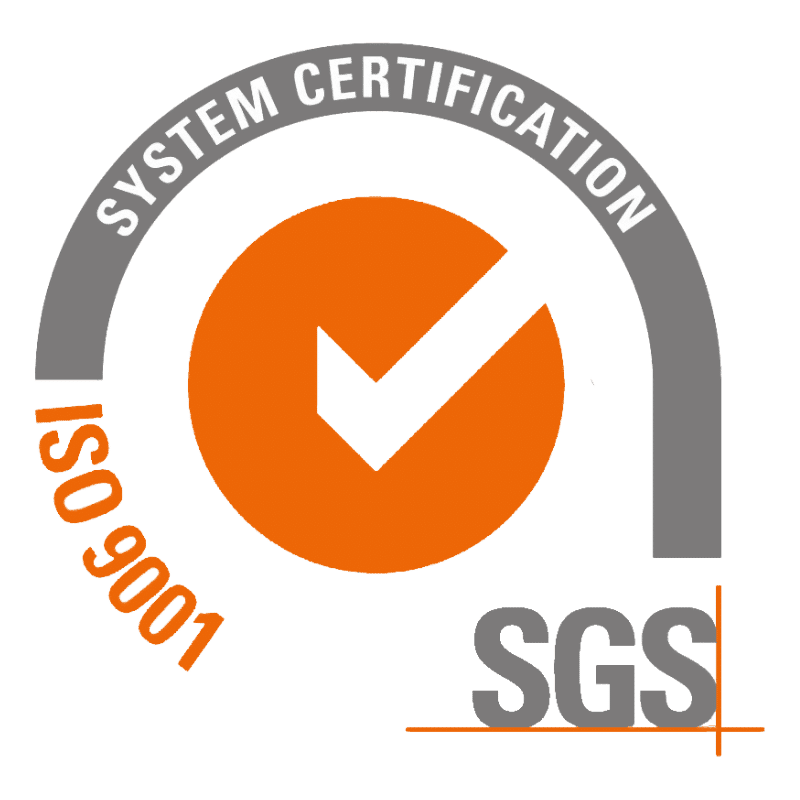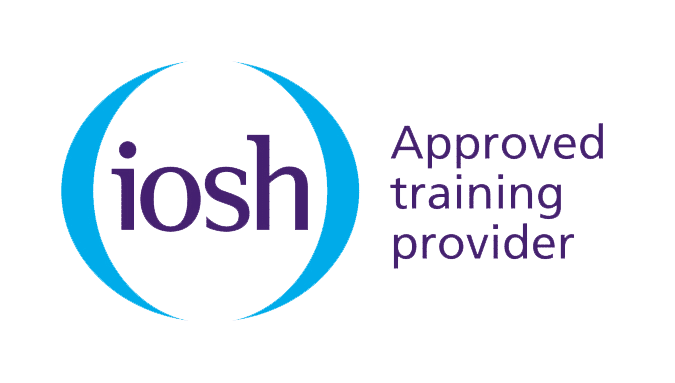Continuing our series exploring the skills and competencies that will enable remote workers to be successful and productive in the context of mass hybrid working adoption, and following on from our exploration of emotional intelligence, it’s time to look at effective communication.
On the surface, it’s one of the most obvious changes and adaptations from a shared physical environment to a dispersed one: getting your messages around and across without being able to speak over a desk, or group everyone for a briefing in a meeting room.

There are impacts beyond the obvious, however, and installing the right communication behaviours, practices and skills can make a huge difference to the productivity and effectiveness of hybrid teams and organisations. For example, guess what one of the best ways to improve communication is… communication!

Discussing and, where possible, crowdsourcing a set of team communication guidelines will get everyone on the same page about where they will find actions or how important information will arrive. This helps to prevent things from falling through the cracks or actions being missed.
It is also a chance to explore everyone’s communication preferences. Some will prefer certain information delivered in a certain way – maybe the consensus is for project updates via virtual presentations, but monthly sales updates via email? Managers might not be able to make a plan that totally suits everyone, but more people will be getting information in their preferred way, and the process will leave them feeling engaged and involved.

When everyone knows better what to expect, it creates a more consistent working and communication experience, whether someone is logging in from the office, their home, a café or even a train!
Anyone developing their communication skills will also cover the three C’s: clear, consistent and concise. Within the increased autonomy that remote work allows, individuals can better manage their workload if they know when and how they will be communicated with (consistency). It can also help to speed up their time to understanding if it gets to the point (conciseness) and makes sense (clarity).

Consistency is also bolstered by the collaborative communication planning discussed earlier.
A large part of mastering communication within (and with) a remote or hybrid team is getting a handle on synchronous and asynchronous communication. A commonly espoused benefit of working from home is the ability to work and concentrate without the interruptions associated with an office, like background noise and unexpected questions. A bigger focus on asynchronous communication – that ‘sent’ without the expectation of an immediate response – means that a) those benefits are better accessed, and b) the response is often more helpful, benefitting from more thought and consideration.

If teams and organisations, however, are used to the instant feedback of an office or, in the switch to a dispersed setup, are directed towards instant messaging functions like those available on MS Teams and Slack, it can take time and attention to learn which of the two should be used, when. Indeed, simply knowing the different between synchronous and asynchronous communication can be valuable.
Again, deciding which channel messages should go down for various speeds of response is another important and valuable part of the communication planning process.
Supporting your remote or hybrid workforce to develop their communication skills can start with access to engaging microlearning content or attending interactive workshops lasting from 90 minutes up to a full day.
We would be delighted to help you meet your development objectives and unlock increased performance – you can fill out an enquiry form on our Talk to Us page or send us an email, and we will be in touch!








